Network Break 399: Apstra Goes Freeform For DC Automation; Arista Launches Encryption-Friendly Routers
This week's Network Break podcast covers new capabilities for data center automation in Juniper Apstra, new encryption-friendly Arista routers, and why climate change risks should factor into your IT planning. The startup Veego is pitching an end user experience app to ISPs, the Google spin-out Aalyria looks to build networks using free-space optics, and Microsoft announces Azure Orbital Cloud Access that uses Starlink to connect remote sites to Azure.
The post Network Break 399: Apstra Goes Freeform For DC Automation; Arista Launches Encryption-Friendly Routers appeared first on Packet Pushers.
Network Break 399: Apstra Goes Freeform For DC Automation; Arista Launches Encryption-Friendly Routers
This week's Network Break podcast covers new capabilities for data center automation in Juniper Apstra, new encryption-friendly Arista routers, and why climate change risks should factor into your IT planning. The startup Veego is pitching an end user experience app to ISPs, the Google spin-out Aalyria looks to build networks using free-space optics, and Microsoft announces Azure Orbital Cloud Access that uses Starlink to connect remote sites to Azure.Service Mesh and Ingress In Kubernetes: Lesson 5 – Service Mesh Install And App Deployment With Istio – Video
In this video, host Michael Levan walks through the basics of installing the Istio service mesh and deploying a simple application. Host Michael Levan brings his background in system administration, software development, and DevOps to this video series. He has Kubernetes experience as both a developer and infrastructure engineer. He’s also a consultant and Pluralsight […]
The post Service Mesh and Ingress In Kubernetes: Lesson 5 – Service Mesh Install And App Deployment With Istio – Video appeared first on Packet Pushers.
Introducing Advanced DDoS Alerts
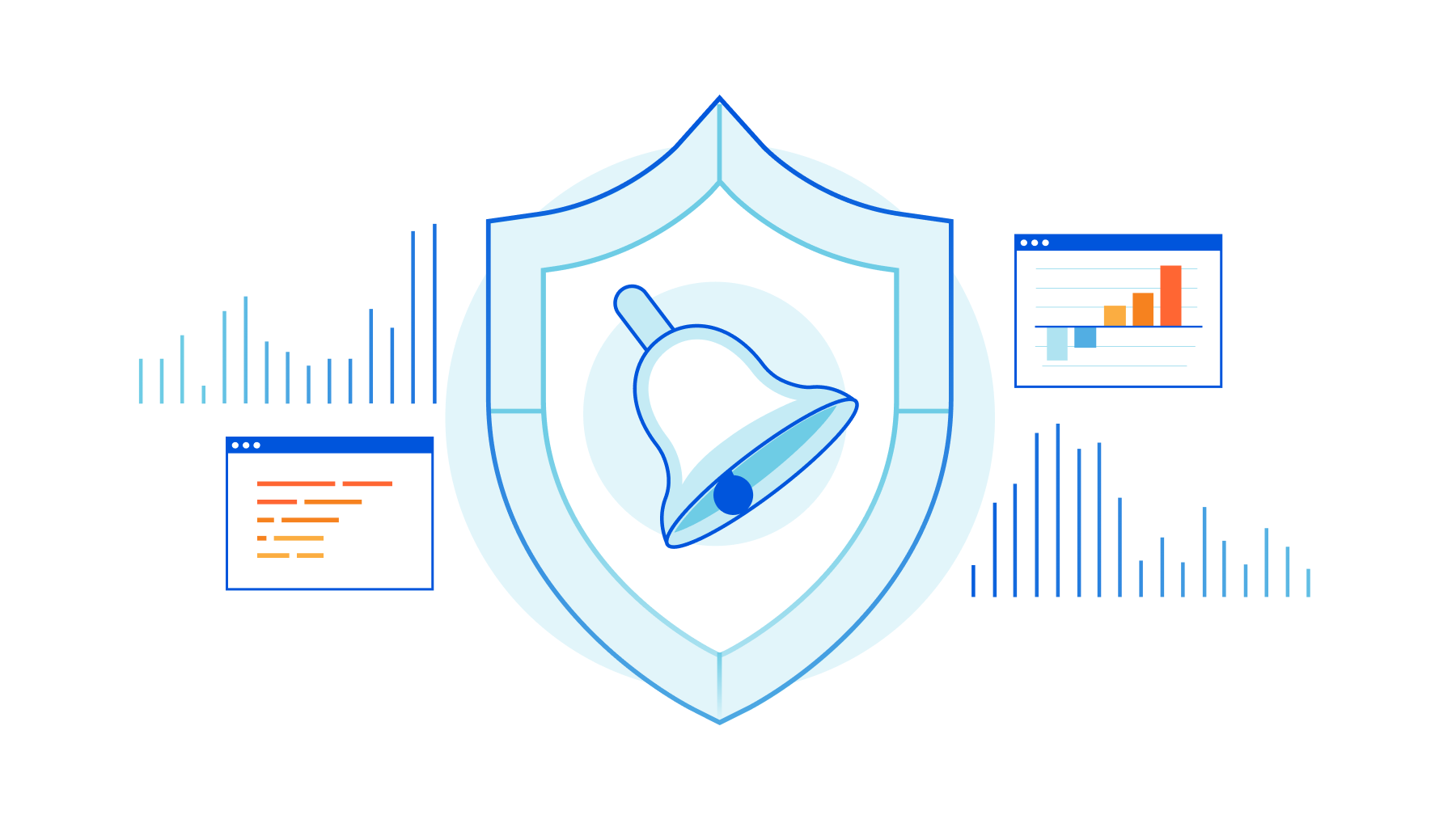
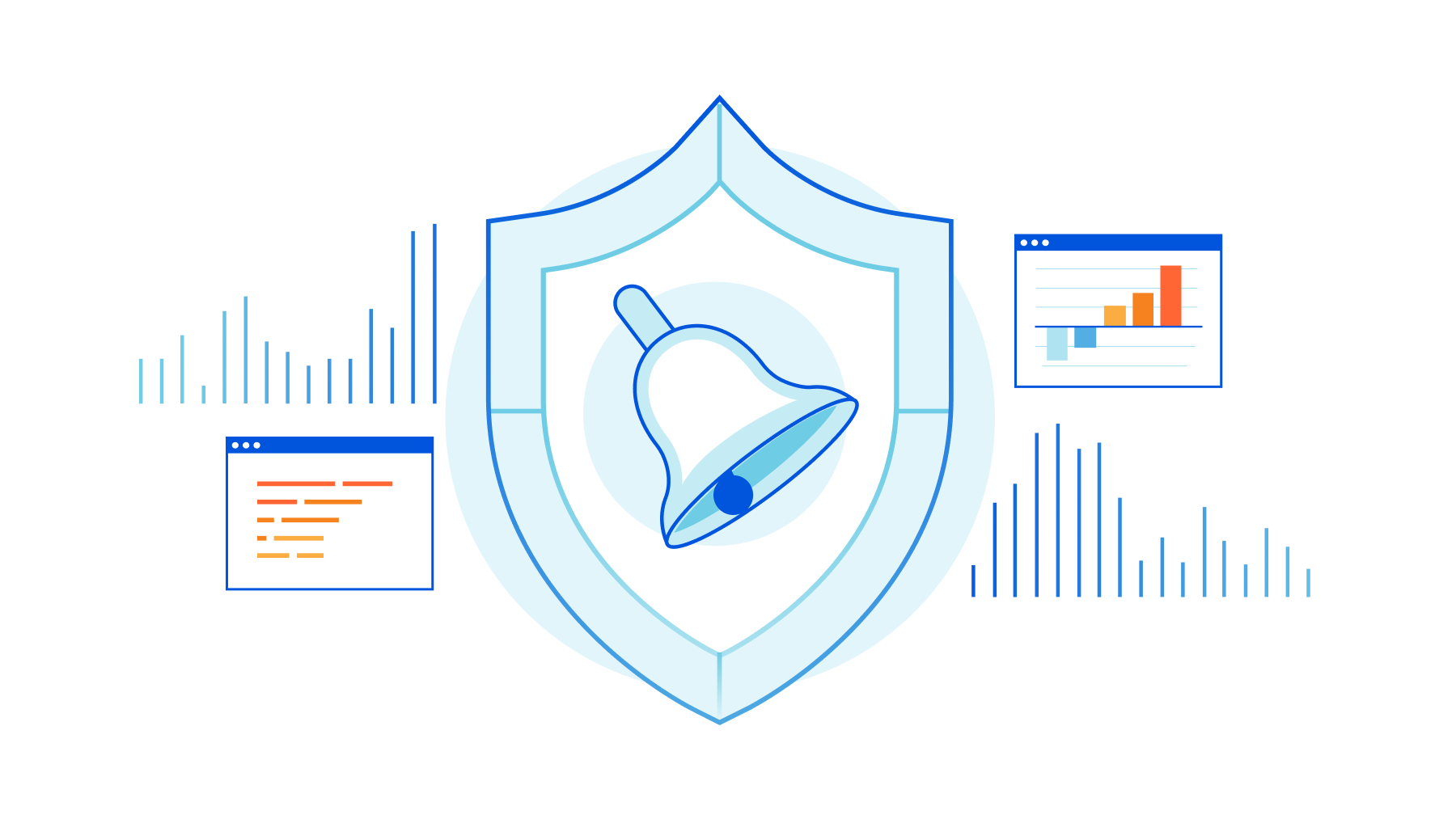
We’re pleased to introduce Advanced DDoS Alerts. Advanced DDoS Alerts are customizable and provide users the flexibility they need when managing many Internet properties. Users can easily define which alerts they want to receive — for which DDoS attack sizes, protocols and for which Internet properties.
This release includes two types of Advanced DDoS Alerts:
- Advanced HTTP DDoS Attack Alerts - Available to WAF/CDN customers on the Enterprise plan, who have also subscribed to the Advanced DDoS Protection service.
- Advanced L3/4 DDoS Attack Alerts - Available to Magic Transit and Spectrum BYOIP customers on the Enterprise plan.
Standard DDoS Alerts are available to customers on all plans, including the Free plan. Advanced DDoS Alerts are part of Cloudflare’s Advanced DDoS service.
Why alerts?
Distributed Denial of Service attacks are cyber attacks that aim to take down your Internet properties and make them unavailable for your users. As early as 2017, Cloudflare pioneered the Unmetered DDoS Protection to provide all customers with DDoS protection, without limits, to ensure that their Internet properties remain available. We’re able to provide this level of commitment to our customers thanks to our automated DDoS protection systems. But if the systems operate automatically, why even be Continue reading
Introducing Cloudflare Adaptive DDoS Protection – our new traffic profiling system for mitigating DDoS attacks
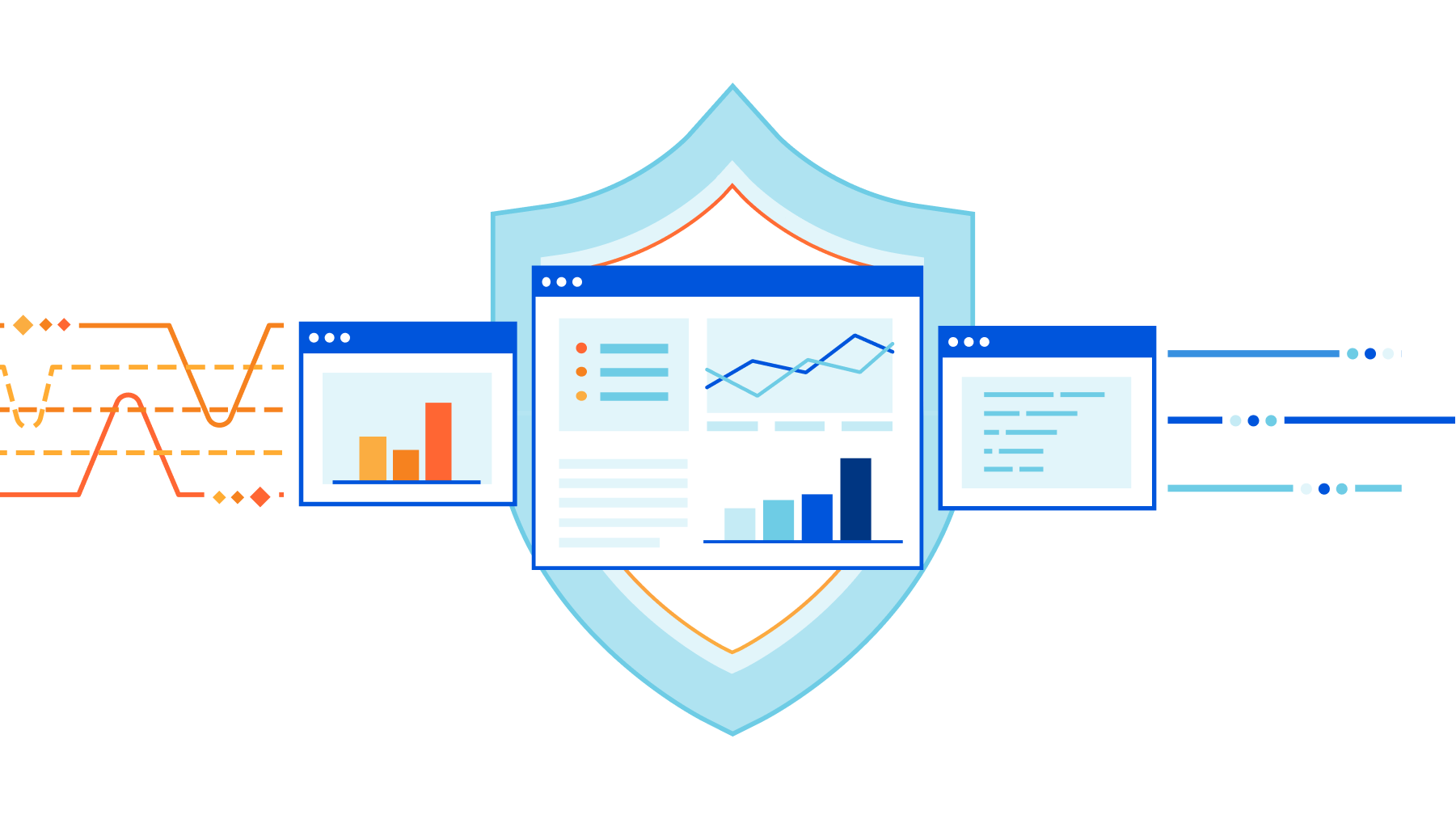
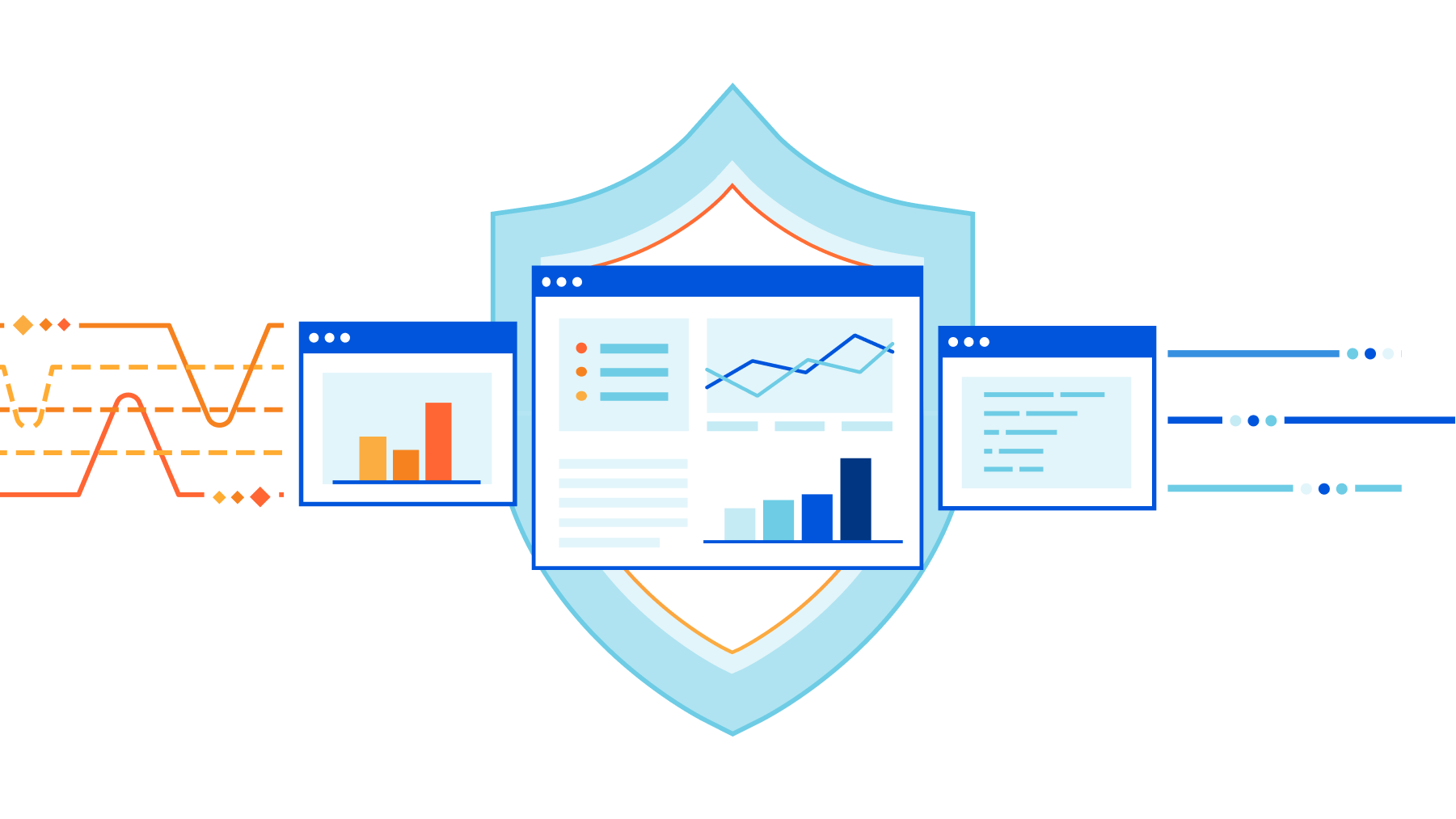
Every Internet property is unique, with its own traffic behaviors and patterns. For example, a website may only expect user traffic from certain geographies, and a network might only expect to see a limited set of protocols.
Understanding that the traffic patterns of each Internet property are unique is what led us to develop the Adaptive DDoS Protection system. Adaptive DDoS Protection joins our existing suite of automated DDoS defenses and takes it to the next level. The new system learns your unique traffic patterns and adapts to protect against sophisticated DDoS attacks.
Adaptive DDoS Protection is now generally available to Enterprise customers:
- HTTP Adaptive DDoS Protection - available to WAF/CDN customers on the Enterprise plan, who have also subscribed to the Advanced DDoS Protection service.
- L3/4 Adaptive DDoS Protection - available to Magic Transit and Spectrum customers on an Enterprise plan.
Adaptive DDoS Protection learns your traffic patterns
The Adaptive DDoS Protection system creates a traffic profile by looking at a customer’s maximal rates of traffic every day, for the past seven days. The profiles are recalculated every day using the past seven-day history. We then store the maximal traffic rates seen for every predefined dimension value. Every profile Continue reading
Account WAF now available to Enterprise customers
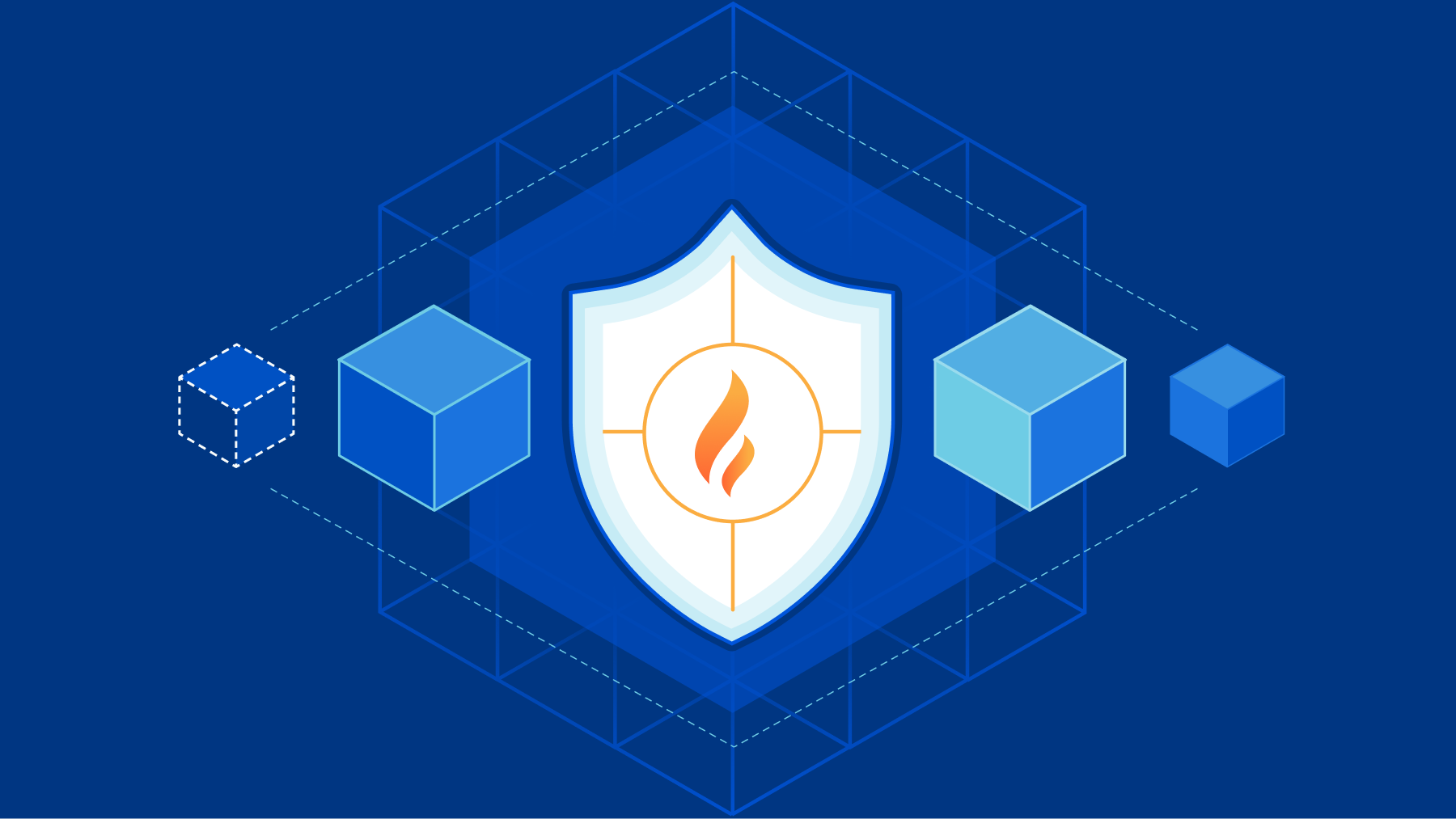
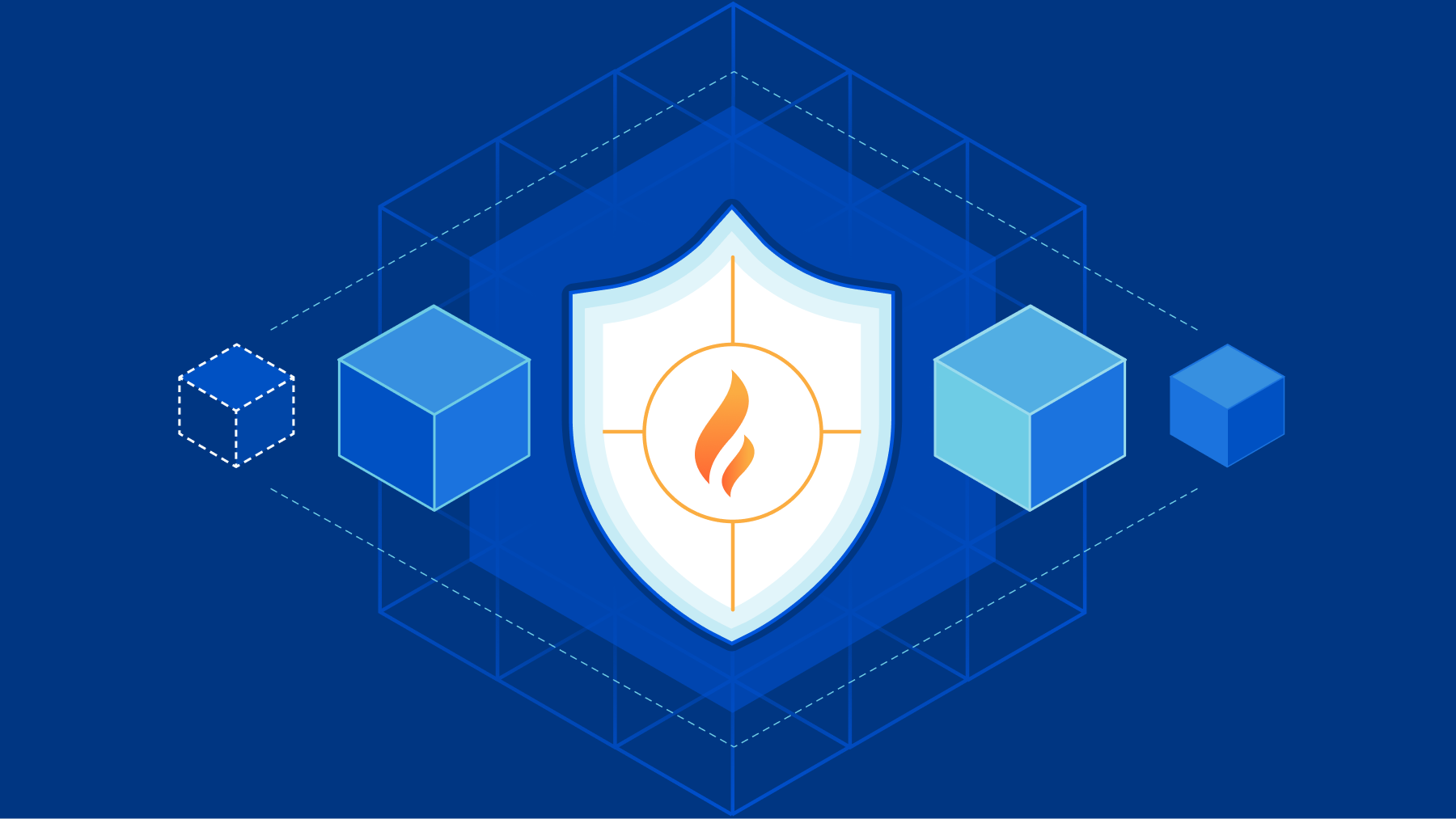
Do you manage more than a single domain? If the answer is yes, now you can manage a single WAF configuration for all your enterprise domains.
Cloudflare has been built around the concept of zone, which is broadly equivalent to a domain. Customers can add multiple domains to a Cloudflare account, and every domain has its own independent security configuration. If you deploy a rule to block bots on example.com, you will need to rewrite the same rule on example.org. You’ll then need to visit the dashboard of every zone when you want to update it. This applies to all WAF products including Managed, Firewall and Rate Limiting rules.
If you have just two domains that’s not a big deal. But if you manage hundreds or thousands of domains like most large organizations do. Dealing with individual domains becomes time-consuming, expensive or outright impractical. Of course, you could build automation relying on our API or Terraform. This will work seamlessly but not all organizations have the capabilities to manage this level of complexity. Furthermore, having a Terraform integration doesn’t fully replicate the experience or give the confidence provided by interacting with a well-designed UI.
Following Cloudflare Continue reading
Improved Access Control: Domain Scoped Roles are now generally available


Starting today, it is possible to scope your users’ access to specific domains with Domain Scoped Roles becoming generally available!
We are making it easier for account owners to manage their team’s access to Cloudflare by allowing user access to be scoped to individual domains. Ensuring users have the least amount of access they need and no more is critical, and Domain Scoped Roles is a major step in this direction. Additionally, with the use of Domain Groups, account owners can grant users access to a group of domains instead of individually. Domains can be added or removed from these groups to automatically update the access of those who have been granted access to the group. This reduces toil in managing user access.
One of the most common uses we have seen for Domain Scoped Roles is to limit access to production domains to a small set of team members, while still allowing development and pre-production domains to be open to the rest of the team. That way, someone can’t make changes to a production domain unless they are given access.
We are doing a rollout of this functionality across all Enterprise Cloudflare accounts, and you will receive an email Continue reading
Cloudforce One is now generally available: empower your security team with threat data, tooling, and access to industry experts


Cloudflare’s threat operations and research team, Cloudforce One, is now open for business and has begun conducting threat briefings. Access to the team is available via an add-on subscription, and includes threat data and briefings, security tools, and the ability to make requests for information (RFIs) to the team.
Fill out this form or contact your account team to learn more.
Subscriptions come in two packages, and are priced based on number of employees: “Premier” includes our full history of threat data, bundled RFIs, and an API quota designed to support integrations with SIEMs. “Core” level includes reduced history and quotas. Both packages include access to all available security tools, including a threat investigation portal and sinkholes-as-a-service.
If you’re an enterprise customer interested in understanding the type of threat briefings that Cloudforce One customers receive, you can register here for “YackingYeti: How a Russian threat group targets Ukraine—and the world”, scheduled for October 12. The briefing will include Q&A with Blake Darché, head of Cloudforce One, and an opportunity to learn more about the team and offering.
Requests for Information (RFIs) and Briefings
The Cloudforce One team is composed of analysts assigned to five subteams: Malware Analysis, Threat Continue reading
netlab Release 1.3.1: BGP local-as, FRR and Cumulus Data Plane Enhancements
netlab release 1.3.1 contains major additions to FRR and Cumulus Linux, and new BGP features:
- VXLAN, VLANs, VRFs, and EVPN implemented on FRR and Cumulus Linux
- BGP local-as implemented in the BGP configuration module and supported on Arista EOS, Cisco IOS, Dell OS10, FRR, and Nokia SR Linux.
- Configurable BGP transport sessions
- Configurable default BGP address families supported on Arista EOS, Cisco IOS, Cumulus Linux, FRR, and Nokia SR Linux.
Here are some of the other goodies included in this release:
netlab Release 1.3.1: BGP local-as, FRR and Cumulus Data Plane Enhancements
netlab release 1.3.1 contains major additions to FRR and Cumulus Linux, and new BGP features:
- VXLAN, VLANs, VRFs, and EVPN implemented on FRR and Cumulus Linux
- BGP local-as implemented in the BGP configuration module and supported on Arista EOS, Cisco IOS, Dell OS10, FRR, and Nokia SR Linux.
- Configurable BGP transport sessions
- Configurable default BGP address families supported on Arista EOS, Cisco IOS, Cumulus Linux, FRR, and Nokia SR Linux.
Here are some of the other goodies included in this release:
CNF Over BMS and Infrastructure Slicing
please visit following git wiki.
Welcome to GA Week


Cloudflare ships a lot of products. Some of those products are shipped as beta, sometimes open, sometimes closed, and our huge customer base gives those betas an incredible workout. Making products work at scale, and in the heterogeneous environment of the real Internet is a challenge. We’re lucky to have so many enthusiastic customers ready to try out our betas.
And when those products exit beta they’re GA or Generally Available. This week you’ll be hearing a lot about products becoming GA.
But it’s not just about making products work and be available, it’s about making the best-of-breed. We ship early and iterate rapidly. We’ve done this over the years for WAF, DDoS mitigation, bot management, API protection, CDN and our developer platform. Today analyst firms such as Gartner, Forrester and IDC recognize us as leaders in all those areas.
That’s one reason we’re trusted by the likes of Broadcom, NCR, DHL Parcel, Panasonic, Canva, Shopify, L'Oréal, DoorDash, Garmin and more.
Over the years we’ve heard criticism that we’re the new kid on the block. The latest iteration of that is Zero Trust vendors seeing us as novices. It sounds all too familiar. It’s what the Continue reading
Kubernetes 001. Building Cluster on Ubuntu Linux with Docker and Calico in 2022
Hello my friend,
The last Black Friday (in 2021) I’ve purchased some Kubernetes trainings from Linux Foundation with quite a huge discount. I’ve purchased and then has been doing nothing in their regard for quite a bit until I’ve received a notification in the beginning of the September that I have only 3 months to use the training and pass exam or it will expire. Moreover, I have 2 exams to pass, so… All my blogs for a bit will be dedicated to Kubernetes only, as I don’t have time to look into anything else for the time being. I will be using these blogs as a brain dump for me during preparation for CKA (Certified Kubernetes Administrator) and CKAD (Certified Kubernetes Application Developer). Whether I will manage it in 2,5 months, the time will show. Let’s get started.
2
3
4
5
retrieval system, or transmitted in any form or by any
means, electronic, mechanical or photocopying, recording,
or otherwise, for commercial purposes without the
prior permission of the author.
How Is Kubernetes Related to Network Automation?
Kubernetes is one of the most popular platforms to build Continue reading
Google Jupiter Data Center Network Fabric – New Way of Building Data Center Network Underlay
Google’s Datacenter Optical Circuit Switches and Jupiter network fabric Google’s data centers are unlike any other. It seems they have windows like normal houses because as from the last SIGCOMM’22 presentation, they took their SPINE switches and threw them right out of that window. Google worked on the Micro Electro Mechanical Systems (MEMS) for years in order to build an Optical Circuit Switch (OCS) that would enable dynamic reconfiguration of optical connections between switches in the data center. Optical Circuit Switch enables on-the-fly data center fabric aggregation block switch connections reconfiguration without the need for physical rewiring. And most interestingly, the
The post Google Jupiter Data Center Network Fabric – New Way of Building Data Center Network Underlay appeared first on How Does Internet Work.
Heavy Networking 647: Fortinet’s ZTNA Differentiation Starts With The OS (Sponsored)
A full zero trust architecture goes up and down the stack, bringing in policy and enforcement strategies from the application layer, all the way down into the network. On today's Heavy Networking podcast we discuss zero trust network access, or ZTNA, with sponsor Fortinet. ZTNA is but one part of a robust zero trust architecture, but what a crucial component it is. Alex Samonte, Director of Technical Architecture, joins us to get into nerdy specifics about Fortinet’s ZTNA.
The post Heavy Networking 647: Fortinet’s ZTNA Differentiation Starts With The OS (Sponsored) appeared first on Packet Pushers.